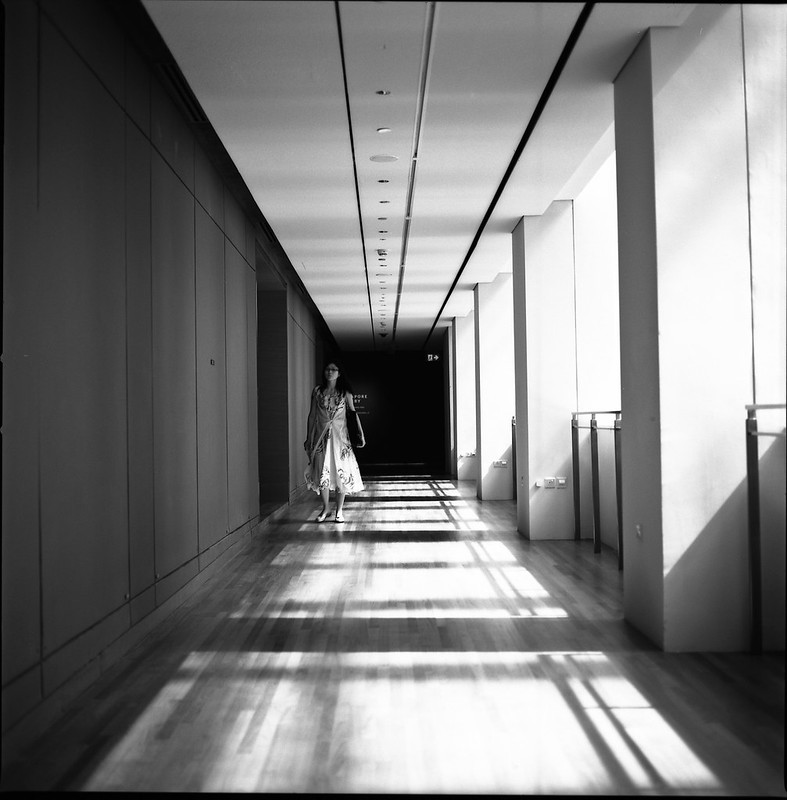This year the STPI in Singapore had its open day during the Takashi Murakami exhibition “From Superflat to Bubblewrap“, this was the opportunity to kill two birds with one stone.

No need I think to introduce the iconic Japanese artist who uses manga like practice to depict modern Japan. I only had B&W film that day so I did not took many pictures of the art works.

Open days at the STPI (Former Singapore Tyler Print Institute) are always enjoyable, if you have young children they can discover and experiment various print practices, that also work it seems for teenagers and young adults alike.
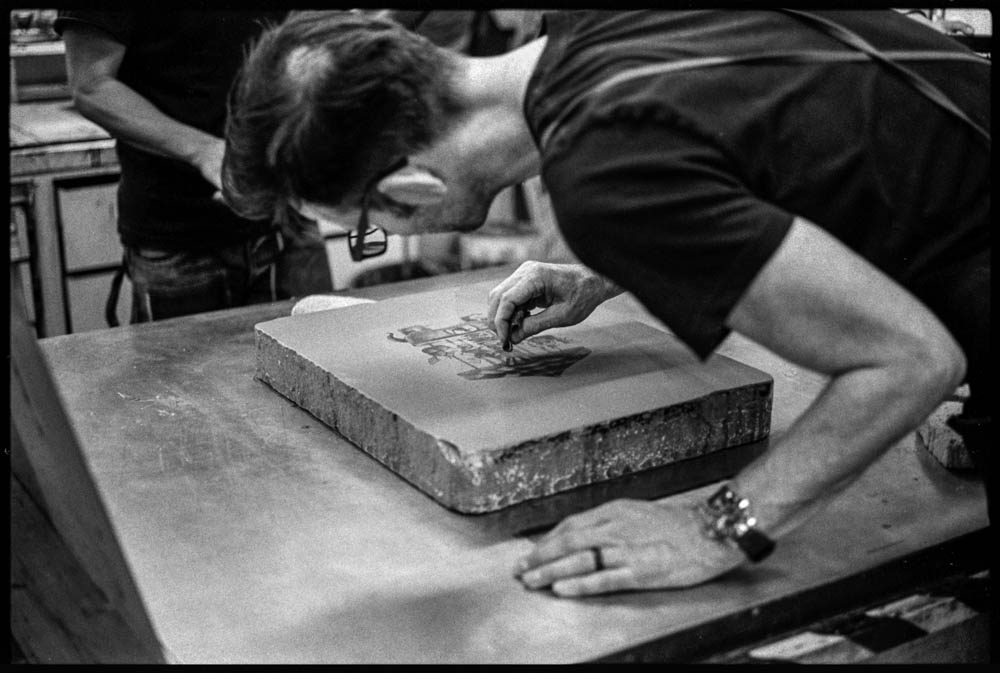
For guys (or gals) with a camera, it is a nice opportunity to captures willing models engaged in not so common activities.

The STPI now positions itself as a gallery, aiming to promote the usage of print and paper mediums.

Artists shown in the gallery often have a collaboration with the print makers.

The smiling lady at the printing press has been working there for years, she is now an independent architect ; time flies.


All shots were done with the Leica M6 and Summicron 50mm on Kodak Tri X, at 400 ISO. genarally shot between F2 and F4 and 1/60s ro 1/12s. The film was processed by Ruby photo (or rather their usual contractor) and scanned at home on Epson v800 with Silverfast.

I generally convert the images to grey-scale and remove dust spots in Adobe Elements and adjust the contract and brightness in Lightroom.

The workshop can also be a treasure where odd objects can be found and pictured for eternity.

One of the DIY items of the week end was an STPI apron.

You can see picture of the last workshop I went to 4 years ago STPI at that time pictures were shot with Canon EOS 1N and 1.8 Canon lens.
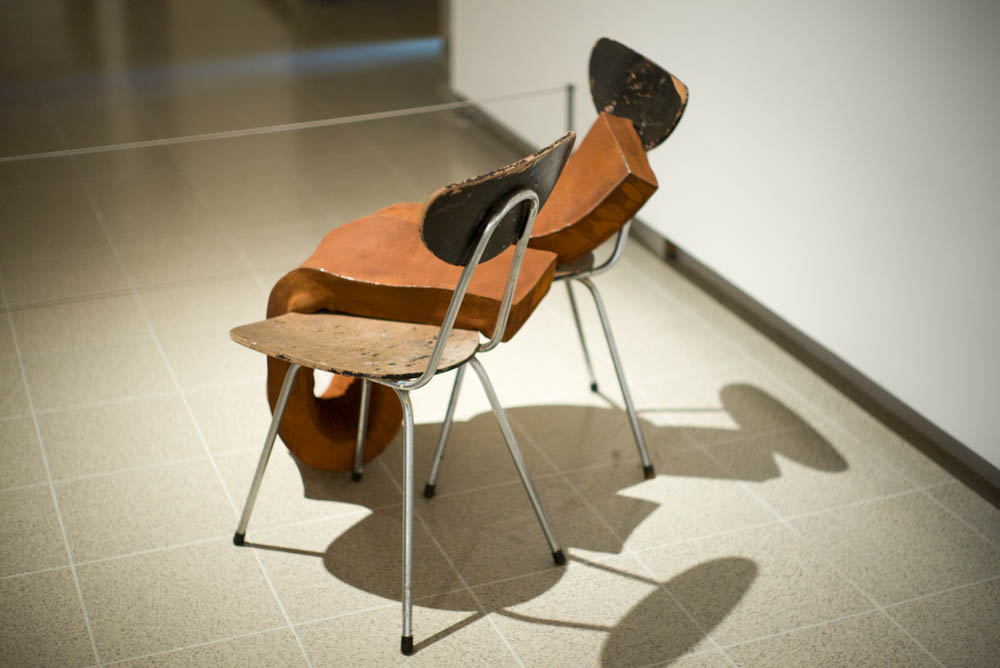
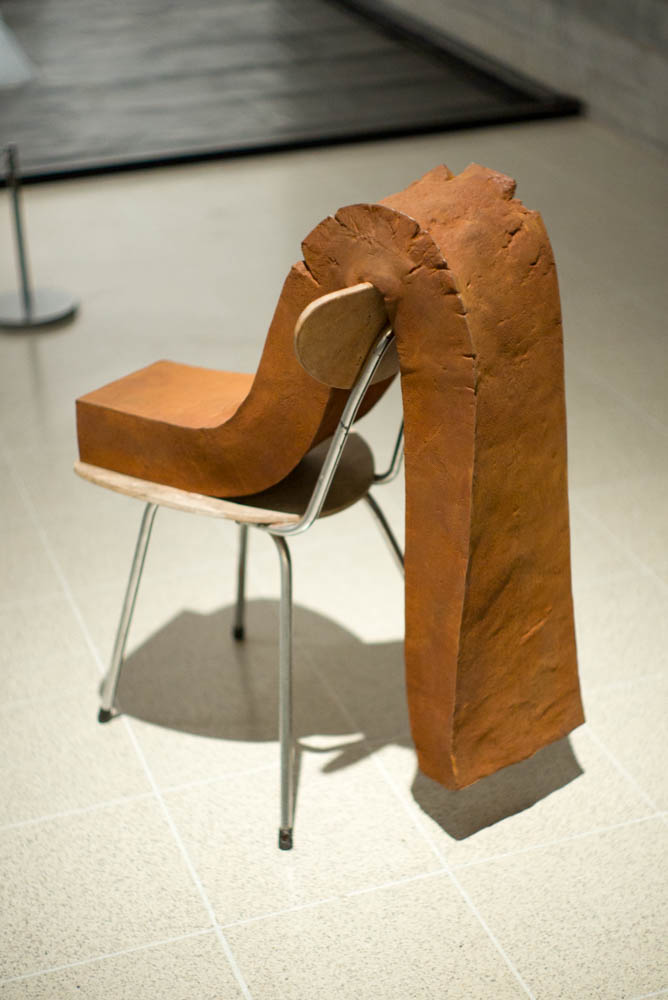
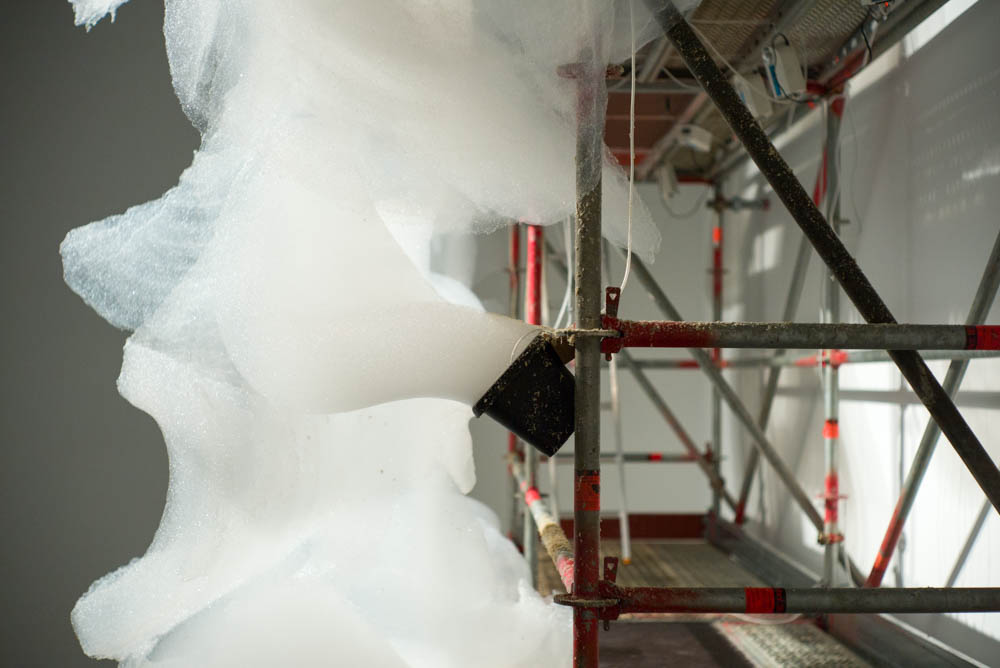

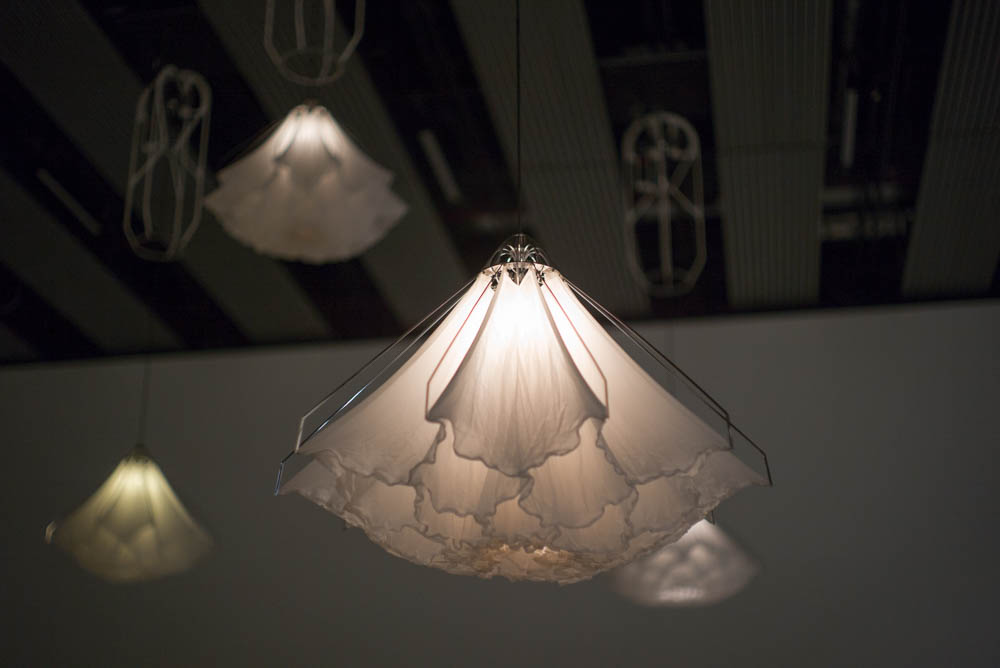

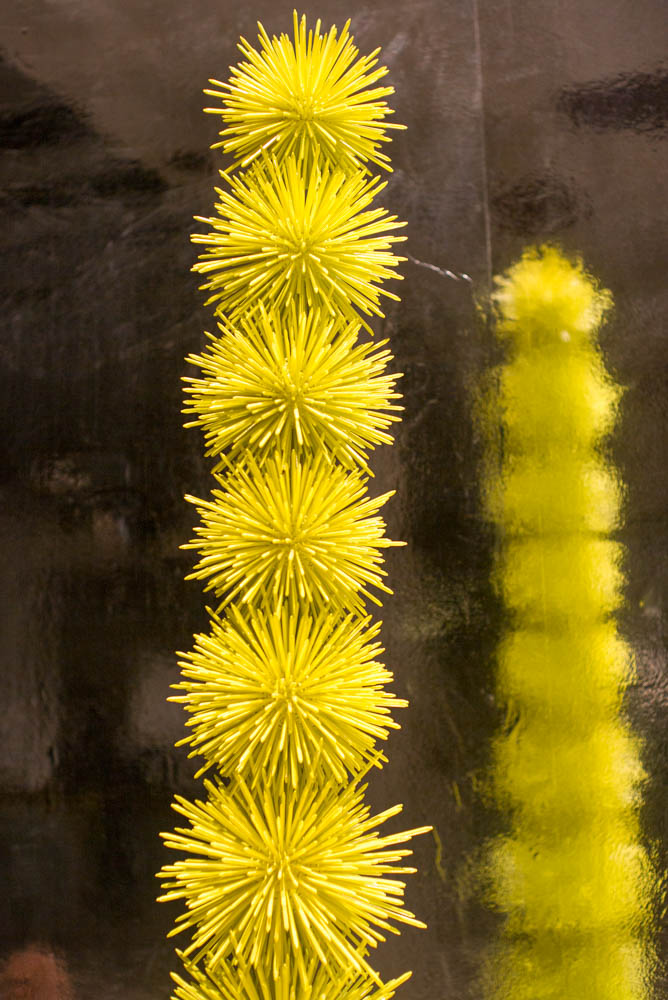
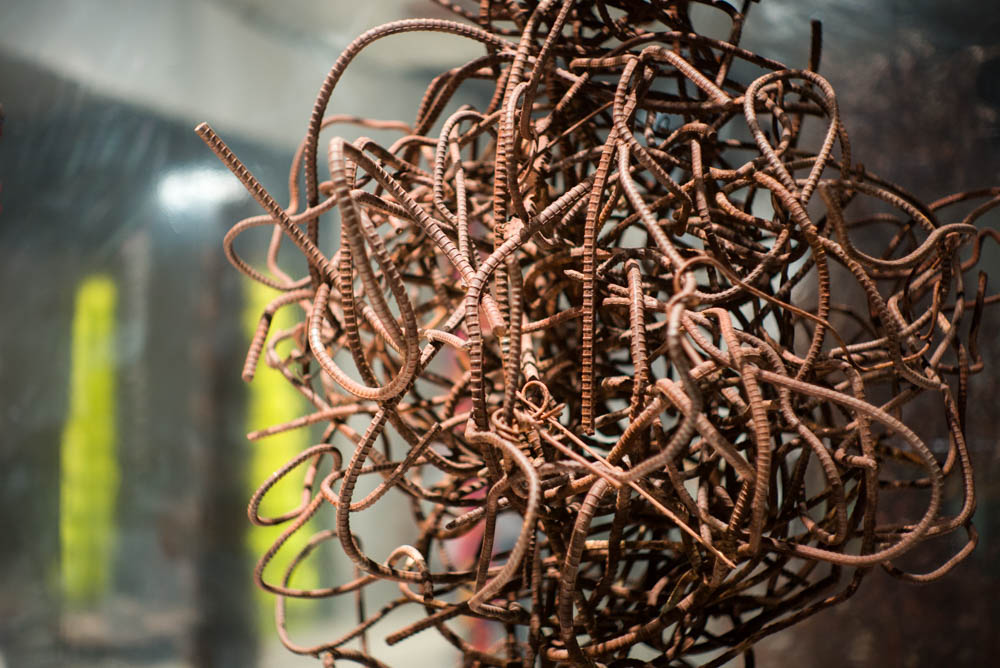
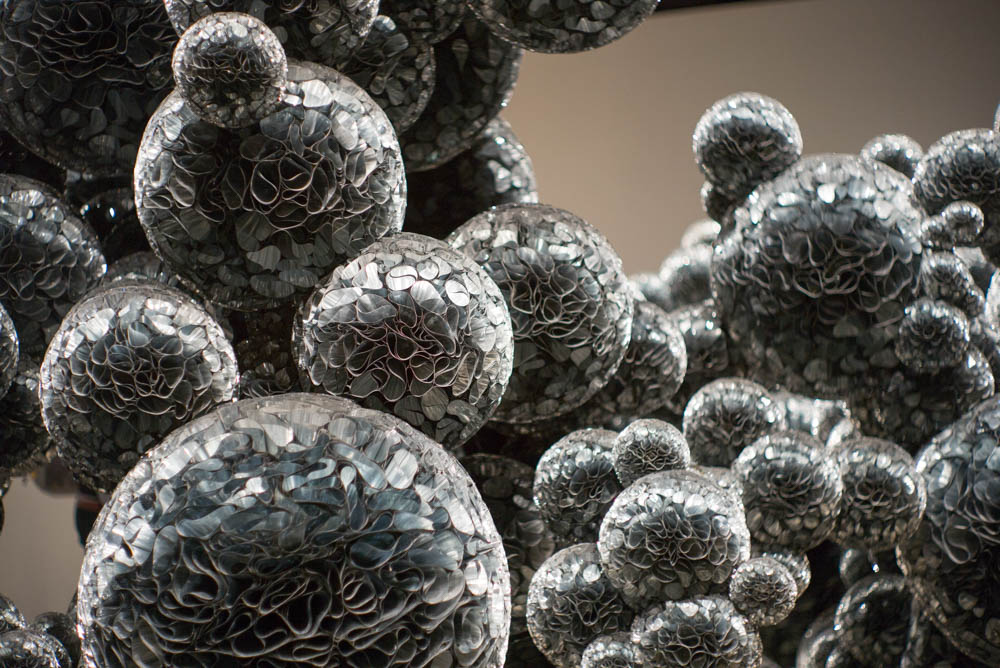

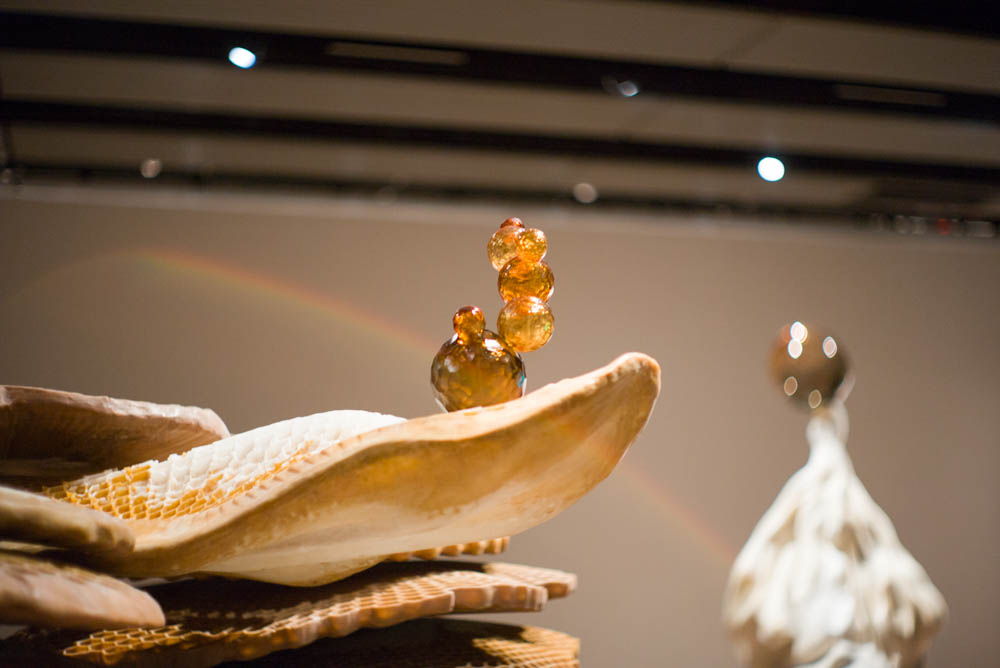
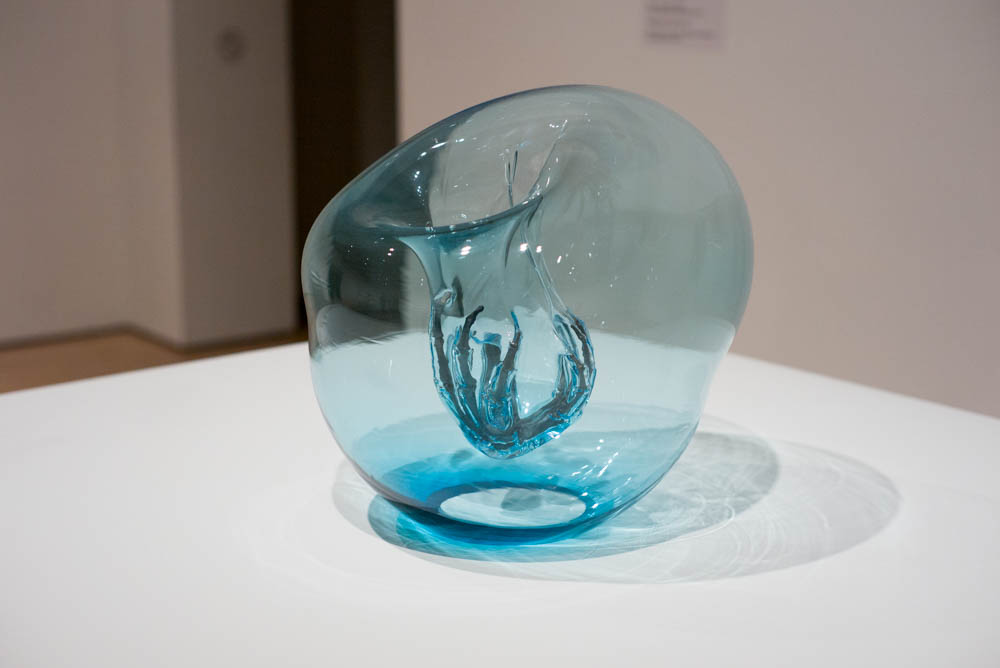
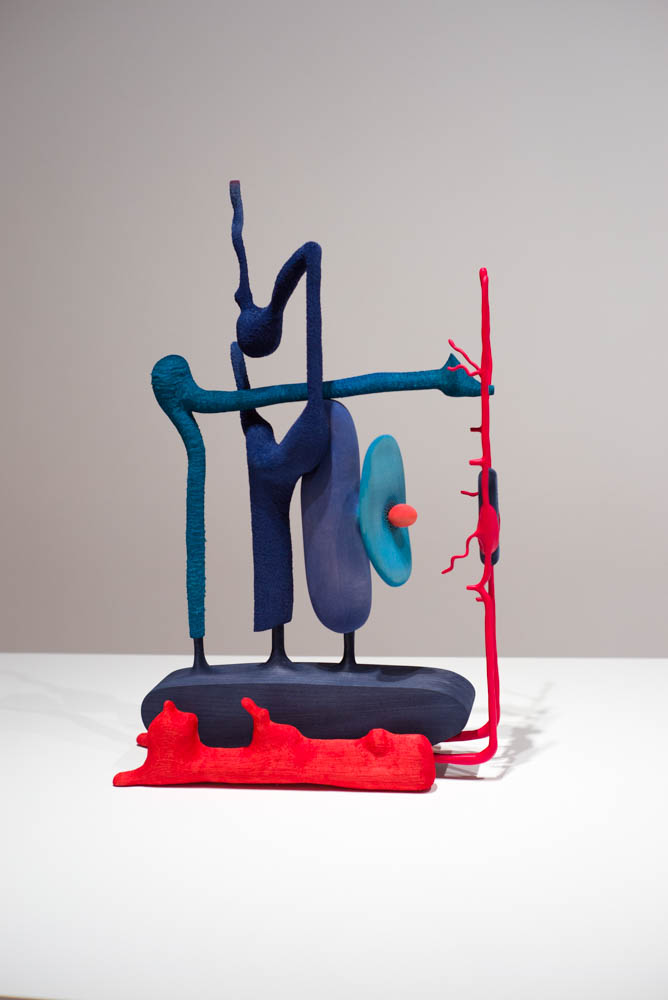

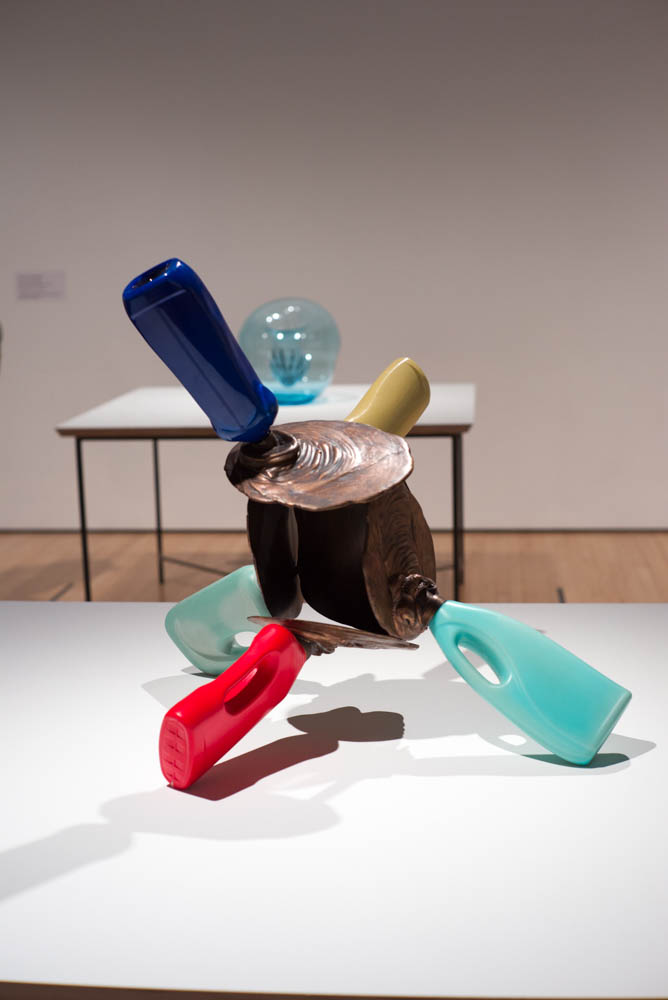


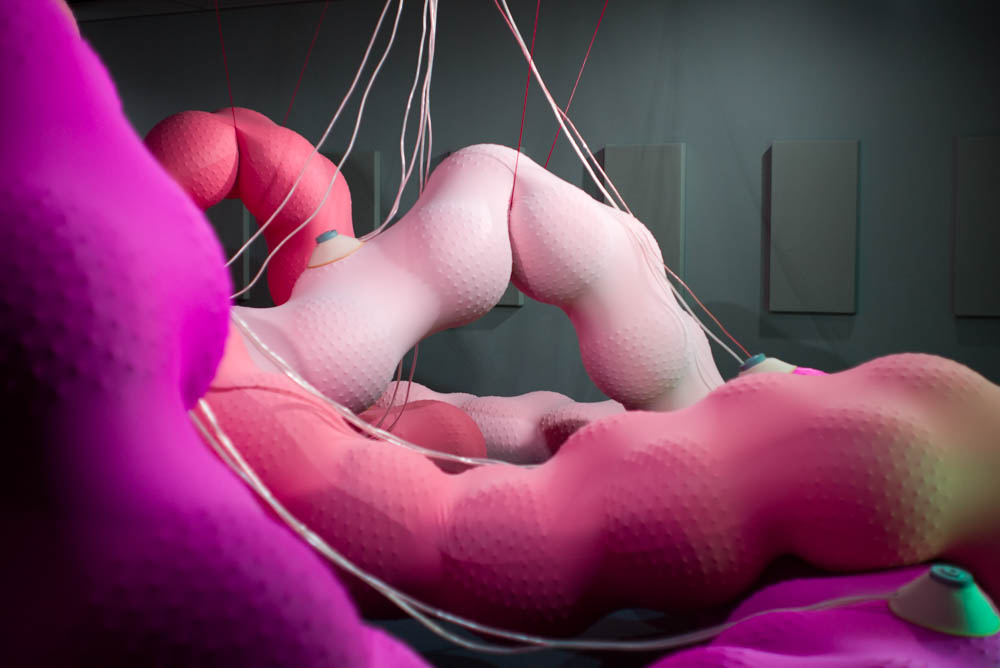
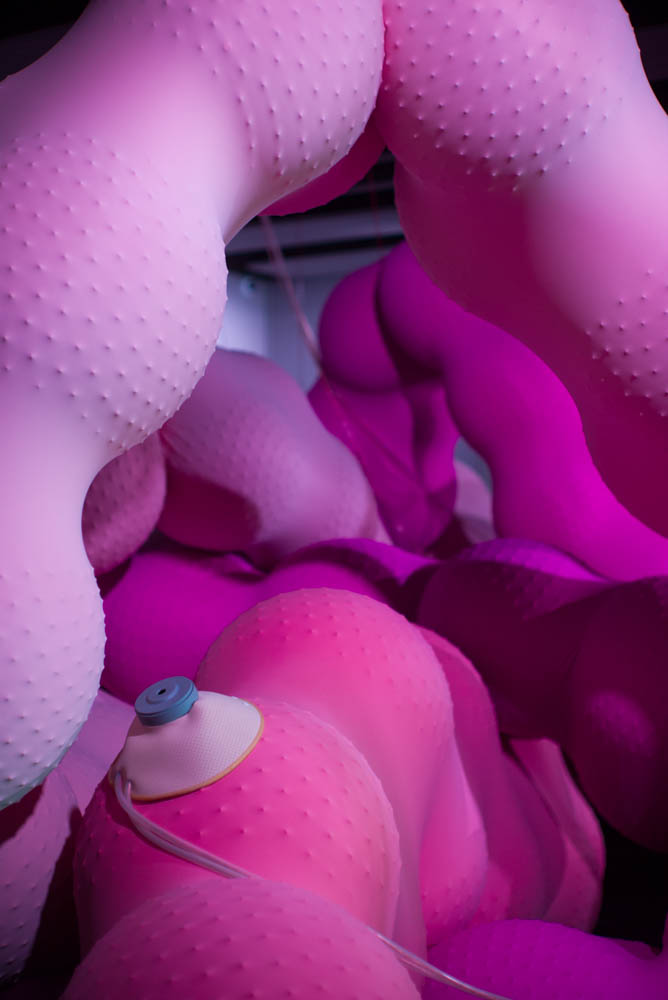
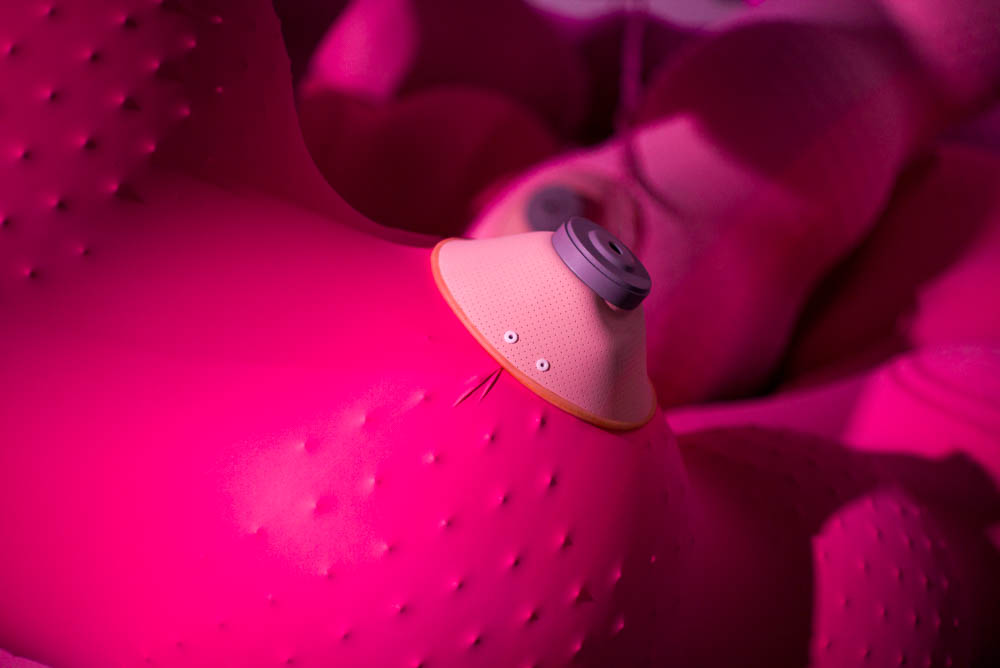
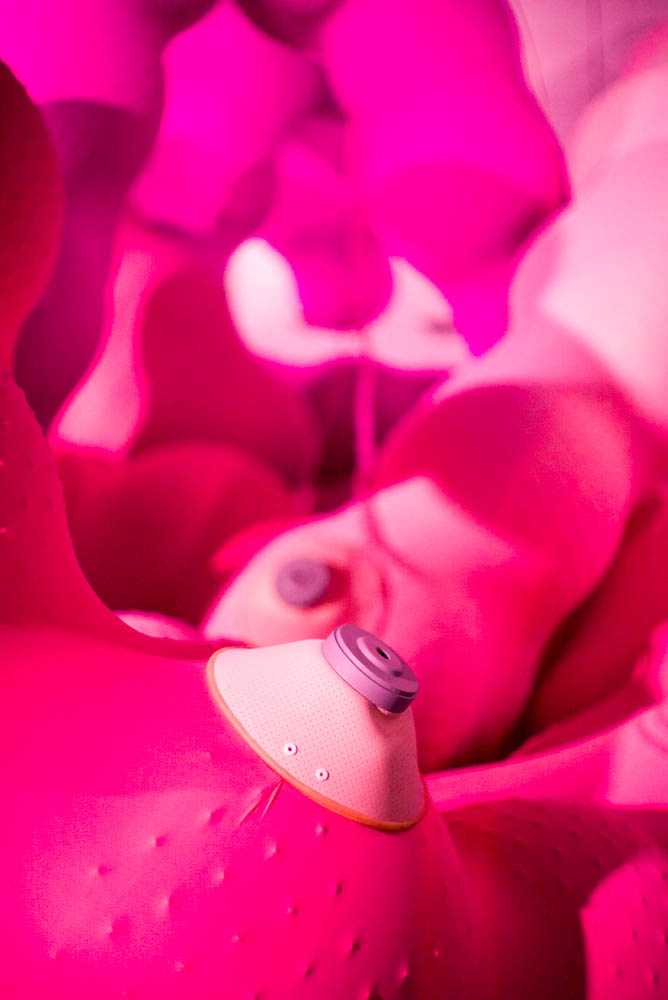
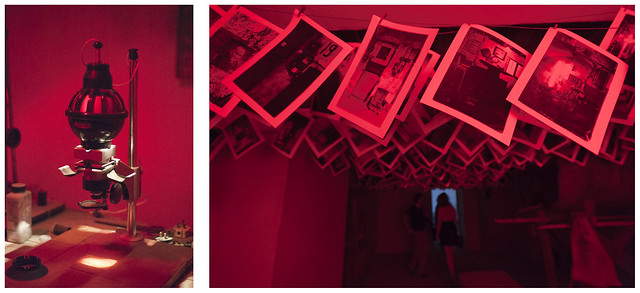




























 When I did the write up of the film shots of 2015, I noticed the Nikon F only went out of the box once and this is not fair, I have some interesting lenses that can attach to it and it should hit the road more often this year.
When I did the write up of the film shots of 2015, I noticed the Nikon F only went out of the box once and this is not fair, I have some interesting lenses that can attach to it and it should hit the road more often this year.











